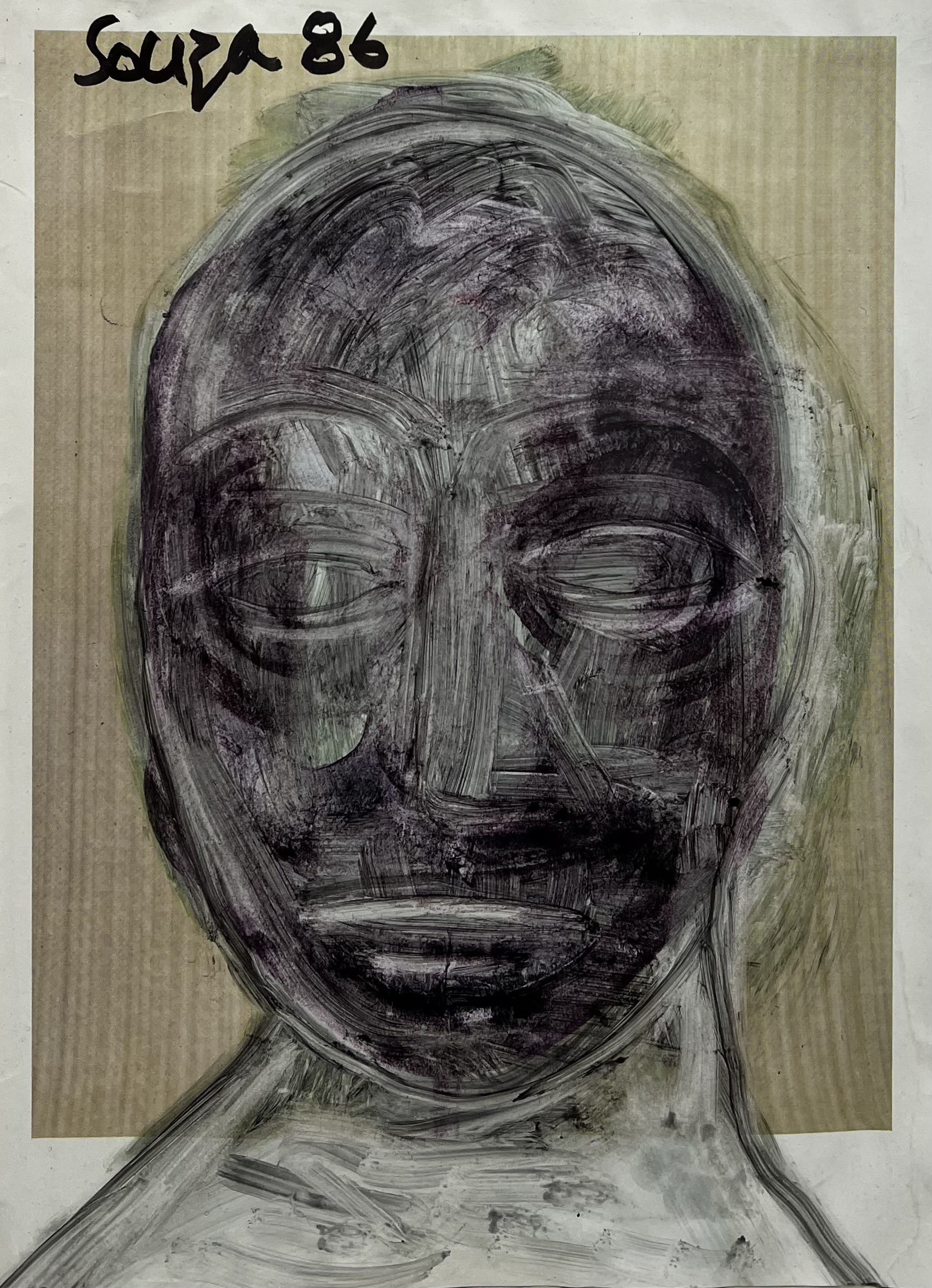Chemical alteration on paper
|
11 x 9 inches
Francis Newton Souza (b. 1924 – d. 2002) was the founding member of the Progressive Artist's movement in Bombay. His contributions to the modernists is considered extremely influential and several of his paintings have been critically recognised as a precursor to the Indian contemporary genres of the Arts.
Souza's practice ranged from figuratives to the abstractions, where he distorted the bludgeoning image of reality to something close to angular studies of the world that he lived in.
Read More
Francis Newton Souza (b. 1924 – d. 2002) was the founding member of the Progressive Artist's movement in Bombay. His contributions to the modernists is considered extremely influential and several of his paintings have been critically recognised as a precursor to the Indian contemporary genres of the Arts.
Souza's practice ranged from figuratives to the abstractions, where he distorted the bludgeoning image of reality to something close to angular studies of the world that he lived in. His works depicted his emotional upheavals and comforts and explored human conditions at large. While a lot of his revered works were made during his travels, a lot were also a personal testament to his sexual experiences. People, places, social conditions, and dichotomies were largely his favoured subjects. Although it is difficult to sum up his entire range of work but his paintings have often questioned the world at various times during his life. The lines in his works have been considered as revolutionary and eclectic. So much so that his expressionist artworks became a source of wealth for his patrons. Several auctions have evaluated his works in millions.
His works have engaged the flat surfaces quite frequently, where he has used gouache, oil, acrylic, and pen on paper or board or canvas. Given his flair for variety, it is often said that he would paint or draw on anything that was in front of him. It is known that he found his inspiration in Picasso.
His college education seems to have been incomplete as he was expelled twice from two different institutes; first from St. Xavier's College in Bombay for drawing obscene images, and then from J. J. School of Arts in Bombay for pulling down the flag and joining the nationalist movement. Therefore, his rebellious nature was always an integral part of him that he further demonstrated in his works.
The likes of John Berger, the literary and visual culture specialist from London, has credited his works as exemplary. M. F. Hussain too considered him as his mentor. His influences reached far and wide.
![]()

